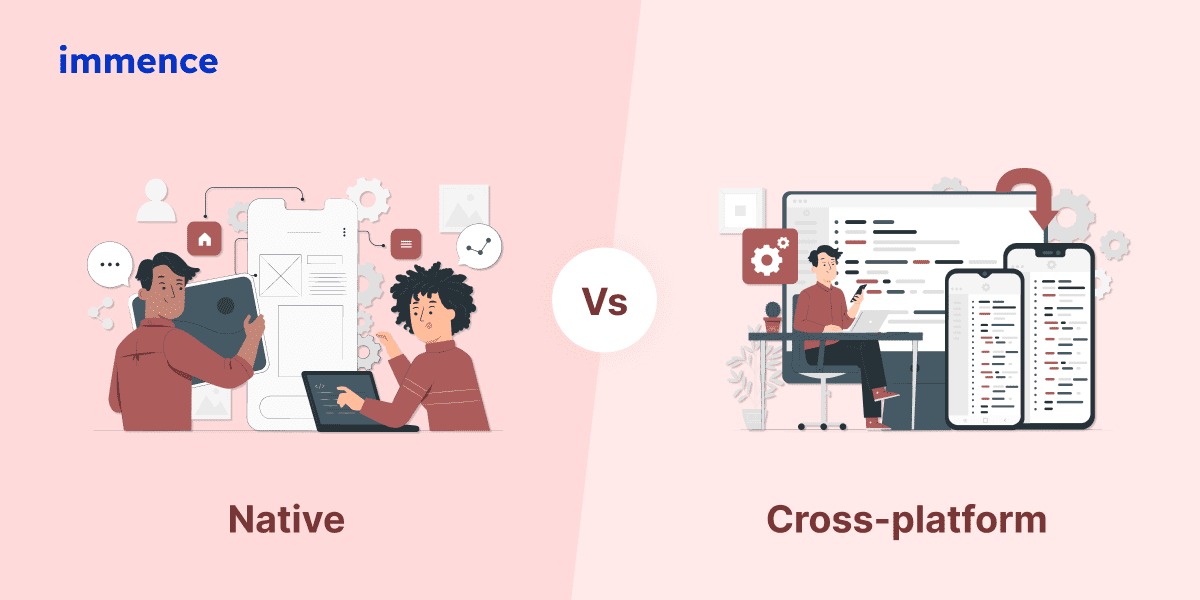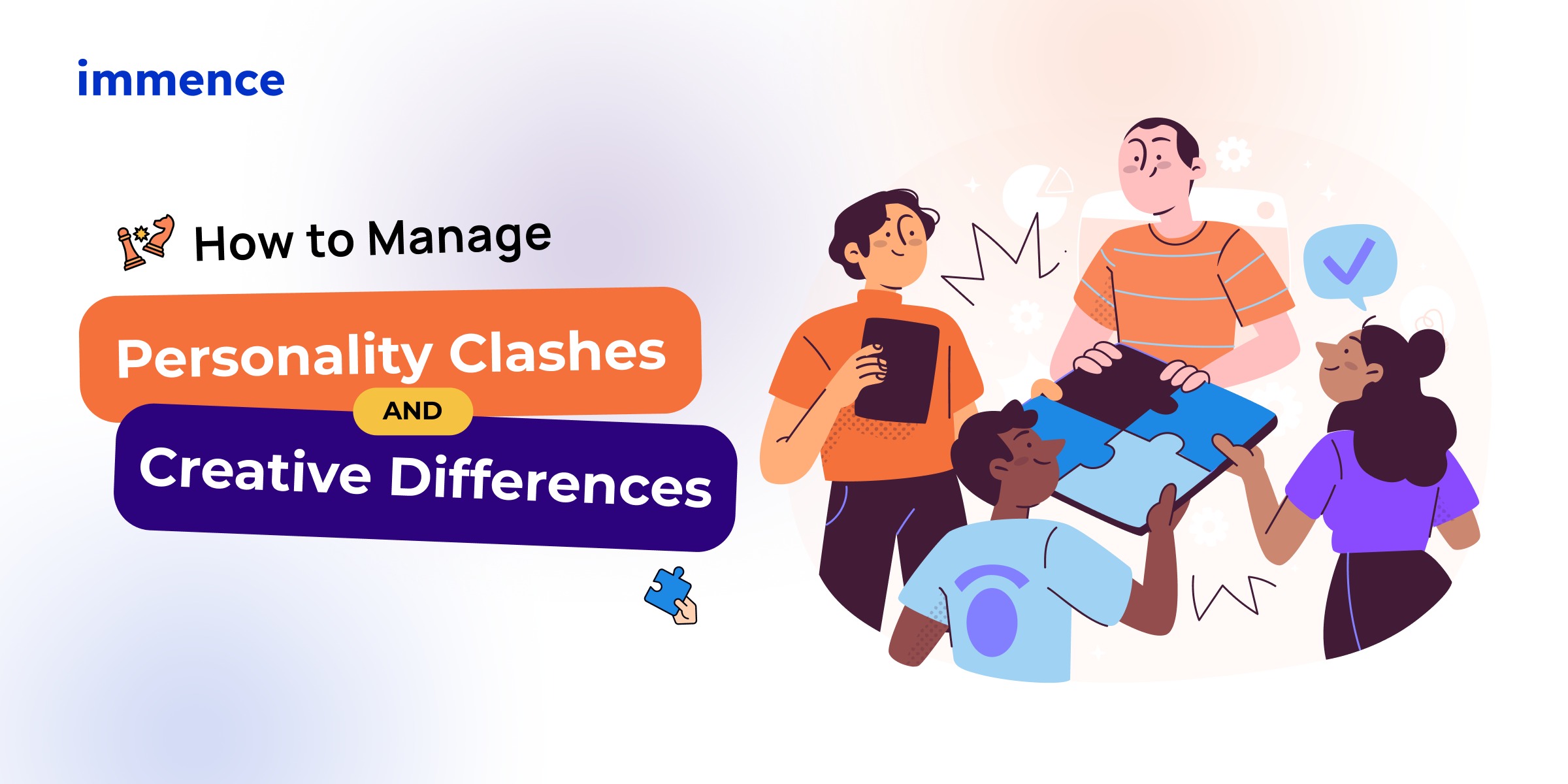Native v/s Cross-platform: Choose the best one for your Mobile Application

We all have witnessed the growth of smartphone usage in the last few years. Surprisingly, it has now become an integral part of most people’s life. Initially, when the ‘SMART’ was not introduced in phones, it was used for communication purposes only. But now, smartphones are able to facilitate communication in broader aspects by having social apps, video calling, etc. Additionally, it is also to provide entertainment, have control of admin work, offer advanced utility service for users, etc. through mobile applications. That is the reason why most businesses are trying to have their presence in the form of mobile applications that were initially introduced as having an online presence.
A user can download the application available in their app store, whether it is Google Play Store or Apple’s app store. There are a number of applications available in the market and that shows the tough competition where users can choose the app that seems best for them.
Every successful mobile app smartly combines three aspects: the user, the market, and the product itself. All these need to work together to provide users with good performance, unique value, and great usability. The role of an experienced developer is to guide businesses to have the best presence in the form of mobile applications.
Through this article, we’ve tried to help all the businesses and individuals who are looking to introduce their own mobile applications in the market. The tough decision comes when deciding whether to go with Native or Cross-platform for the mobile app development project. So, it is better to have detailed information before selecting one for your project.
What is a Native Mobile Application?
The term Native itself says that it is exclusively for one platform or device type, either iOS or Android. So, business needs to develop two different applications for iOS and Android, each that seems similar in functionality and look but is different from the inside. This is simply because both platforms use totally different programming languages and technologies.
Native Android apps are developed using Java or Kotlin with the help of Android Studio development tools. Whereas for Native iOS apps, developers would instead use Swift or Objective-C language and tools such as Xcode, App Code, or Atom. Let’s talk about the advantages and disadvantages of native apps that would help in making better decisions.
Examples: Spotify, Twitter, WhatsApp, etc.
Pros
Broad Functionality
Native mobile apps have no limitations to accessing the features and functionalities of the device. It can take full advantage of the mobile device’s hardware functionalities, such as GPS, Camera, etc.
Better Performance
As the app is created and optimized for a specific platform, the respected core programming language and APIs comply, which results in extremely high performance in terms of responsiveness, operational efficiency, and speed. Ultimately, it provides a better user experience and faster execution.
Great Interactivity
Native technology is the best to have a consistent look and feel and an intuitive user experience. It provides better visuals and better control over the user interface.
Higher Security
While launching the application, security is always one of the biggest concerns, keeping in mind the chances of cybercrime. Fortunately, Native apps have access to the security features available on the operating system and device hardware, for example, a Fingerprint scanner for Face ID recognition.
New Features and Updates
IOS and Android belong to Apple and Google, respectively. Being a tech giant in the market, they continuously provide a high degree of trust and confidence by keeping updated their mobile operating systems regularly. Each and whenever system update takes place, developers can quickly add new features to the Native application to keep the app up-to-date.
Cons
Higher Cost/Bigger Teams
One of the biggest disadvantages of the Native platform is that it is costlier. The development cost, as well as the maintenance cost, is higher for Native apps.
It is better to understand the reason behind the cost. The cost of the app increases with the complexities of features. Also, to develop two different sets of codes for Android and iOS, there need to be two expert developer teams to work on each platform, which ultimately costs more.
Time-consuming
When creating an app from scratch, a Native platform takes more time compared to a Cross-Platform app. Also, if we want two separate codes for iOS and Android, it would take more time to develop, test, and update. So, we can conclude that the Native app is more time-consuming in terms of development, testing, and updating.
Native Mobile applications are the best option when
- You want to include complex and Rich-in-class features with a smooth user experience.
- You require full access to device-specific hardware like Camera, Fingerprint Scanner, GPS, etc.
- Budget and time are not constraints for you.
- You want the app to be the most responsive.
- You can expect the app to be regularly updated and enhanced with new features in the future.
- Last but not least, you want to target a specific user device, like Android or iOS.
What is a Cross-platform application?
Cross-platform apps are developed to work on multiple platforms. With Cross-platform apps, the same code will run both for iOS and Android, so the developer will only need to build one version of the app to work across everything.
JavaScript, Dart, and C# are the most common programming languages used for cross-platform app development, with mainly Flutter, React Native, and Xamarin frameworks. Flutter is the most popular cross-platform mobile framework out of the three, as it is used by 42% of software developers. For React Native and Xamarin, that’s 38% and 11%, respectively.
Examples:
Google Ads, Alibaba, The New York Times, and My BMW App (Flutter)
Pinterest, Walmart, Skype, Instagram, and Airbnb (React Native)
HCL, Olo, Alaska Airlines, and BBC Good Food (Xamarin)
To know this platform better, here are the Advantages and Disadvantages of Cross-platform applications.
Pros
Cost-friendly
One of the key benefits of Cross-platform apps is that they are usually more cost-friendly to develop. It won’t need to pay nearly as much as it takes for native app development, as you will only be required to hire one development team with a specific set of skills, rather than multiple teams with different skill sets. It is also a great way to cost-effectively test the app within a particular market.
Greater Market Reach
As the app serves multiple platforms with a single code base, it helps in reaching a more extensive customer base irrespective of the operating system used in their mobile device. A single app has an extensive reach as it can be distributed on iOS, and Android, as well as other operating systems like Windows, macOS, and Linux, depending on the business requirement. This helps organizations reach out to a wide-ranging audience with a small budget.
Single Code for Multiple Platforms
Cross-platform frameworks allow a single codebase that ensures consistency in the business logic used. Also, maintaining an app becomes easy in a single codebase, as it takes less time to update or add new features in the future.
Easier Maintenance
Updating a Cross-platform app is easier compared to Native because there is a single codebase. Maintenance takes place at some intervals for any application, and for Cross-platform apps, it is easier and faster.
Cons
Difficult Integrations
It is difficult to integrate all platform-specific features into a cross-platform framework. There might be a need for skills in Native app development for some hardware-specific integrations, like using GPUs.
Delay in Updates and New Features
As Apple and Google come up with constant new features for iOS and Android, it could take a comparatively longer time to update Cross-platform apps and have to wait for separate updates to access those newer features.
Adaptability with a Third-Party Library
Cross-platform development relies on third-party libraries, which allow developers to integrate software that is already tested and reusable. While this can be viewed as a benefit as it helps save time and cost, there is typically less support for Cross-platform development tools and third-party libraries that it relies on. Ultimately, this makes it more challenging for developers to integrate new or complex features into the app.
Cross-platform applications are the best option when
- The budget is limited.
- You want the app to be developed and marketed quickly on the app store.
- There is scope for quick updates in the functionality of the application.
- If you’re looking to keep the complete look and feel of the app consistent across different platforms and devices.
- You are expecting additional features to be added frequently in the future.
Conclusion
So which platform wins the Native vs Cross-platform battle? Well, that all depends on you and your app project requirements. Have you decided which development platform (Native or Cross-platform) is the better option for you? Or would you prefer to get an expert’s help before you pick one over another? Our team can help you in both cases, whether you have a ready idea for your new app and know how you want it to be made, or only have a rough draft. Contact our team at Immence to further discuss your application needs and find the perfect solution to your queries.


